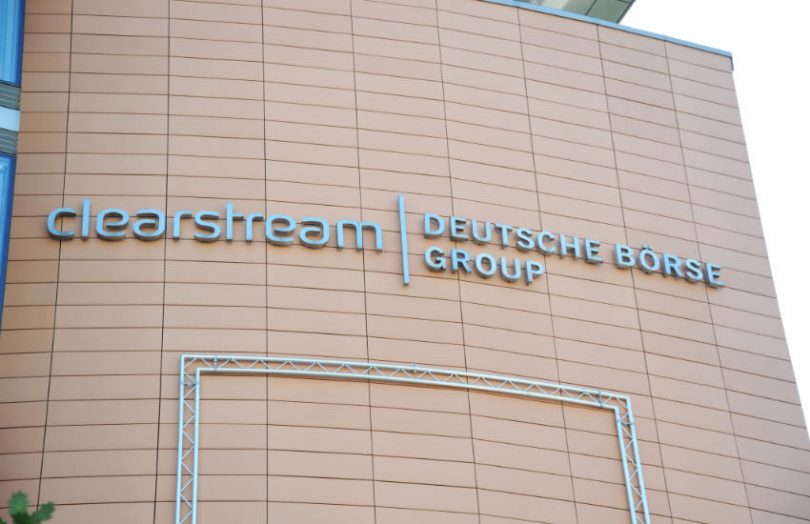Yesterday it was announced that German state-owned development bank KfW issued a digital bond on the Deutsche Börse D7 post-trade platform. The issuance was executed by Clearstream, the Deutsche Börse post-trade subsidiary. Plans were revealed to use D7 in other jurisdictions starting with Luxembourg.
Until the new German eWpG legislation was passed in mid-2021, all securities had to have paper-based certificates. In contrast, with D7, the securities are natively digital. Yesterday’s digital bond issuance involved the use of Digital Asset’s DAML smart contract language for the workflow.
Key benefits of issuing digital securities are speeding up the issuance process, enabling straight through processing, and reducing the amount of work involved.
The KfW bond is a €20 million issuance with a two-year duration and a coupon of 2.381%. However, the bond is stored in a digital central security depository (CSD) rather than on a blockchain.
“We offer our clients a significantly quicker and scalable solution for securities issuance,” said Jens Hachmeister, Head of Issuer Services & New Digital Markets at Clearstream. “Following the successful launch of our structured products offering, we are now enhancing D7 to include the digital issuance of debt securities, such as commercial papers and straight bonds.”
A phased D7 launch
The Deutsche Börse has avoided a big bang launch and instead is releasing D7 in a phased approach. At the end of last year, it unveiled the digital central registry at its subsidiary Eurostream Banking. That was followed this year with the first securities issuance by LBBW and Vontobel in October.
Eurostream also provides an international CSD in Luxembourg, which is the next stop on the rollout.
After that, D7 will provide the option of a decentralized securities registry using blockchain, initially supporting VMware Blockchain and R3’s Corda enterprise blockchain. But potentially permissionless versions in the future.
Deutsche Börse is already involved in a major DLT-based collateral registry, HQLAᵡ, which is used by numerous G-SIB banks such as JP Morgan, BNY Mellon, Citi, Goldman Sachs and BNP Paribas. Apart from being a major investor in the platform, the Deutsche Börse acts as a trusted third party. This enables tri-party custodians to lock high quality liquid assets (HQLA) which are digitized onto the digital collateral registry. These digital representations can be be transferred and settled intraday rather than in two days.
An integration with D7 is on the horizon.
Solving the liquidity conundrum
Meanwhile, a point mentioned by issuer KfW is that investors are sometimes concerned about the liquidity of bonds when using digital technologies. In other words, they are worried that other investors might only be willing to use conventional CSDs, which reduces the available investor pool.
In Switzerland, SIX launched its SIX Digital Exchange (SDX) and encountered precisely this issue. Hence it created a link between the blockchain-based CSD and the conventional CSD. In a recent CHF 375 million ($370m) blockchain bond issuance by UBS, SIX gave investors the choice of using the blockchain or conventional CSD, thereby addressing the liquidity concern.






